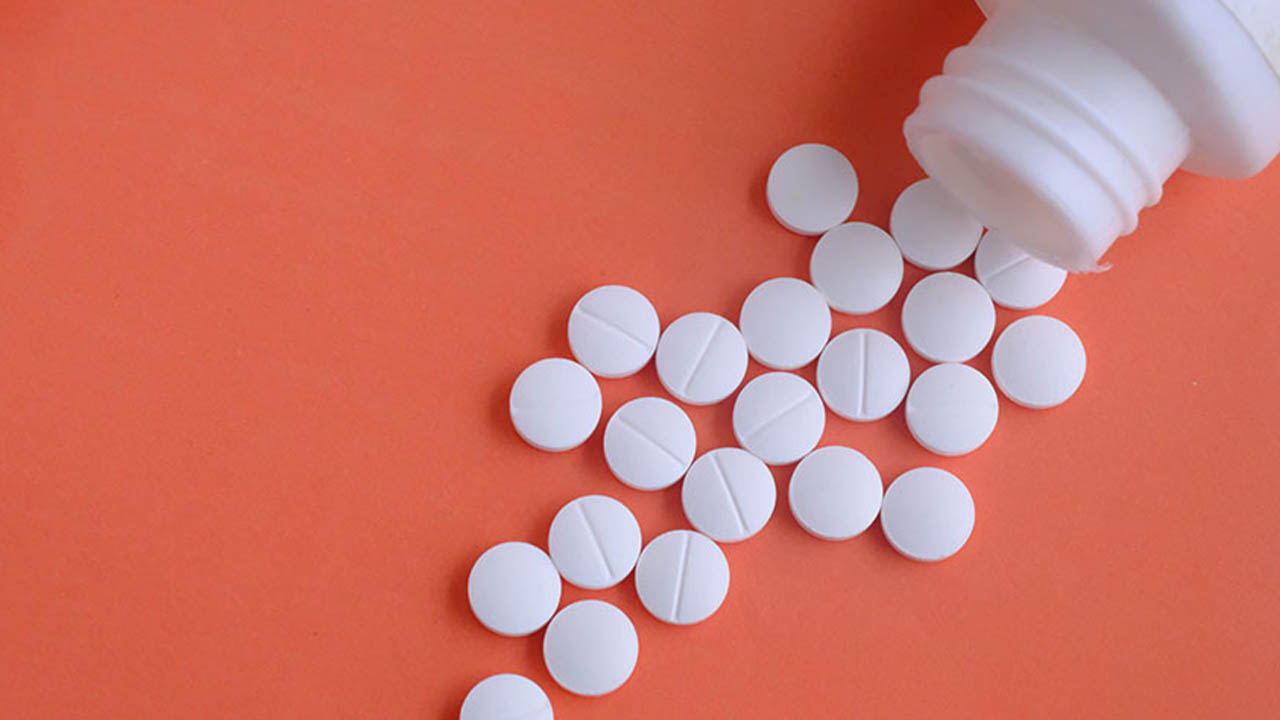Approximately 20% of the population above the age of 55 has been predicted to be a potential target of Peripheral arterial disease. It is a potent predictor of heart strokes, myocardial infarctions, and even death. Certain medications and procedures can be adopted to prevent and treat further complications and underlying causes of PAD. Let us look at the medical treatments for peripheral arterial disease.
Medications
If a person’s blood tests show that the level of LDL cholesterol is high, they would be treated with a type of medication known as stains. This procedure has very few or no side effects. However, some people may experience indigestion, headaches, nausea, or even muscle aches.
This treatment involves a group of medications that are used to treat hypertension. These are called antihypertensive. You will likely be prescribed any antihypertensive if you don’t have blood pressure above 140/90mmHg if you don’t have diabetes and blood pressure above 130/80mmHg if you have diabetes. An angiotensin-converting enzyme (ACE) inhibitor is a common type of antihypertensive and blocks the actions of some hormones that will help blood pressure to regulate. This automatically decreases blood pressure. The side effects of the such medication include feeling dizzy, tired, and weak, along with a persistent cough and headaches.
Blood thinning medications are one of the other medical treatments for peripheral arterial disease, it can help with peripheral arterial disease in the case of atherosclerosis. In such conditions, fatty deposits are also called plaque blood in the artery wall. This may cause a blood clot to develop, and that blood clot can trigger a heart attack. A blood thinning medication will decrease the risk of blood clotting. These may be low-dose aspirin, clopidogrel, or rivaroxaban.
Procedures
Revascularization is a procedure that restores the flow of blood via arteries. Revascularization is suggested if a person’s leg becomes in such a severe condition that they experience difficulty carrying out routine tasks. A type of revascularization is called angioplasty; in this state, a blocked and narrowed part of an artery is widened by inflating a balloon inside the blocked vessel.
Another type of revascularization is an artery bypass graft. In such a condition, blood vessels from another part of your body are isolated and then used to bypass the blockage in the targeted artery.
ABI (Ankle-brachial index) is a widespread test to diagnose PAD. The test compares the blood pressures of the ankle and the arm. The readings of the blood pressure are taken before and immediately after you perform a recommended exercise, e.g., walking on the treadmill. This is done to check the arteries during the training.
Ultrasound: Sound waves test how blood moves through the blood vessels. Doppler ultrasound is used to spot blocked and narrow arteries.
Angiography uses magnetic resonance, X-rays, or CT scans to identify the blockages in a person’s arteries. Before taking the images, a contrast dye is injected into a person’s blood vessels, which helps the routes appear more evident on the photos taken for testing.




